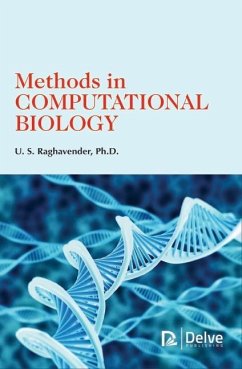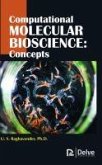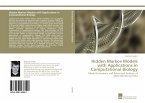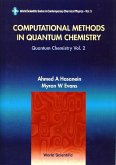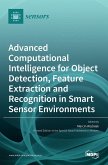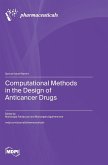The field of computational biology, or bioinformatics as it is often called, was born just a few years ago. It is difficult to pinpoint its exact beginnings, but it is easy to see that the field is currently undergoing rapid, exciting growth. This growth has been fuelled by a revolution in DNA sequencing and mapping technology, which has been accompanied by rapid growth in many related areas of biology and biotechnology. No doubt many exciting breakthroughs are yet to come. All this new DNA and protein sequence data brings with it the tremendously exciting challenge of how to make sense of it: how to turn the raw sequences into information that will lead to new drugs, new advances in health care, and a better overall understanding of how living organisms function. One of the primary tools for making sense of this revolution in sequence data is the computer. Computational biology is all about how to use the power of computation to model and understand biological systems and especially biological sequence data. This book is written keeping in mind the graduates and researchers studying life sciences using computational techniques. Although, it can also be used by undergraduates as a spring board for exploring the field of Computational Biology. This could serve as a supplement for people involved in specialized research. With the flood of genomics and proteomics data, it is imperative that students in biology have a basic understanding of the data generated and how it is processed using computation. The algorithms could be graded from simple to complex, based on the assumptions employed. In this book, our focus will be to understand the most commonly used algorithms in biology and also take a peek at the latest developments in genomics based computational advances.This book is an attempt to bring together in one place some of the latest advances in computational biology. With this in mind, we have included tutorials on many of the key topics in the volume, designed to introduce biological scientists to some of the computational techniques that might otherwise be unfamiliar to them. Many of those tutorials are interweaved with the main body of the chapters, which provides a nice hands-on experience to the reader. It is expected that the reader is familiar with programming languages like Python and R. We also want to encourage more computer scientists to get involved in this new field, and with them in mind we included tutorial material on several topics in molecular biology as well. We hope the result is a volume that offers something valuable to a wide range of readers. The only required background is an interest in the exciting and mature field of computational biology. The chapters that follow are broadly grouped into three sections. Loosely speaking, these can be described as an introductory section, a section on DNA sequence analysis, and a section on proteins. The introductory section begins with an overview of some of the main challenges facing computational biology today. This chapter contains a thought-provoking description of problems ranging from gene finding to protein folding, explaining the biological significance and hinting at many of the computational solutions that appear in later chapters. Next is a tutorial on computation, designed primarily for biologists who do not have a formal background in computer science. After reading this chapter, biologists should find many of the later chapters much more accessible. The following chapter provides a tutorial for the other main component of our audience, computational scientists (including computer scientists, mathematicians, physicists, and anyone else who might need some additional biological background) who want to understand the biology that underlies all the research problems described in later chapters. The second of the three major sections contains work primarily on DNA sequence analysis. Although the techniques covered here are not restricted to DNA sequences, most of the applications described here have been applied to DNA. One chapter is devoted to the eternal problem in computational protein structure prediction from sequences. The purpose of the present book is to present a representative sample of computational problems in molecular biology and present some efficient algorithms that are offered as solutions to these problems. In fact, the recipes provided here can also be used in day-to-day research endeavours. Every chapter begins with a small introduction followed by explanation of concepts. Computational Code is given in bounded box, and in a font different from the text. References are provided at the end of each chapter, as needed. Each chapter is written to be self-contained. We hope that this will help reader use computers and computational techniques quite effectively in their research work. Computational molecular biology is expanding fast. Better algorithms are constantly being designed, and new subfields are emerging even as we write this. Within the constraints mentioned above, we did our best to cover what we considered a wide range of topics, and we believe that most of the material presented is of lasting value.
Hinweis: Dieser Artikel kann nur an eine deutsche Lieferadresse ausgeliefert werden.
Hinweis: Dieser Artikel kann nur an eine deutsche Lieferadresse ausgeliefert werden.

